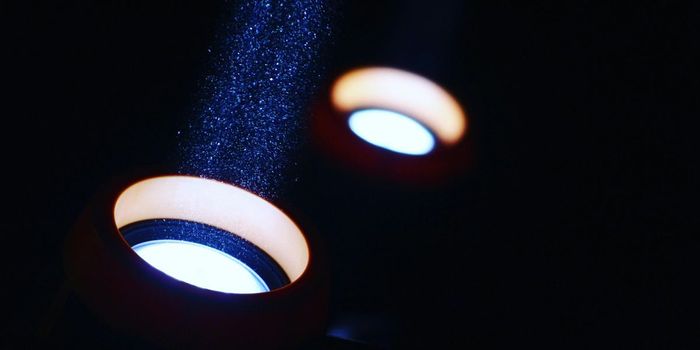Expandable Resin Solves the Size Problem of 3D Printing
One of the current limitations of using a 3D printer is the size of the product. For someone to print a large part, they either need a large-scale printer or print small trunks separately and assemble them later.
In order to overcome this bottleneck, a team of engineering researchers at the University of California, La Jolla has established a stereolithography (SLA)-based 3D printing technique that prints out compact, foam-like objects, which can grow up to 40 times larger through exposure to heat.
SLA, an additive printing technology, builds three-dimensional models, prototypes, and parts layer-by-layer. It relies on photochemical reactions to transform chemical monomers into polymers.
The UCLJ scientists tested different foaming resin formulae and identified an ideal one. The prepolymer resin is compatible with regular commercial 3D printers. The finished part expands significantly in size when placed in an oven, but still maintains its original shape.
The team believed that the printing recipe is suitable for applications that require porous foams of considerable volume, and can benefit fields such as architecture, aerospace, and biomedical science. They reported this latest material innovation in the journal ACS Applied Materials & Interfaces.
Source: ACS via Youtube








